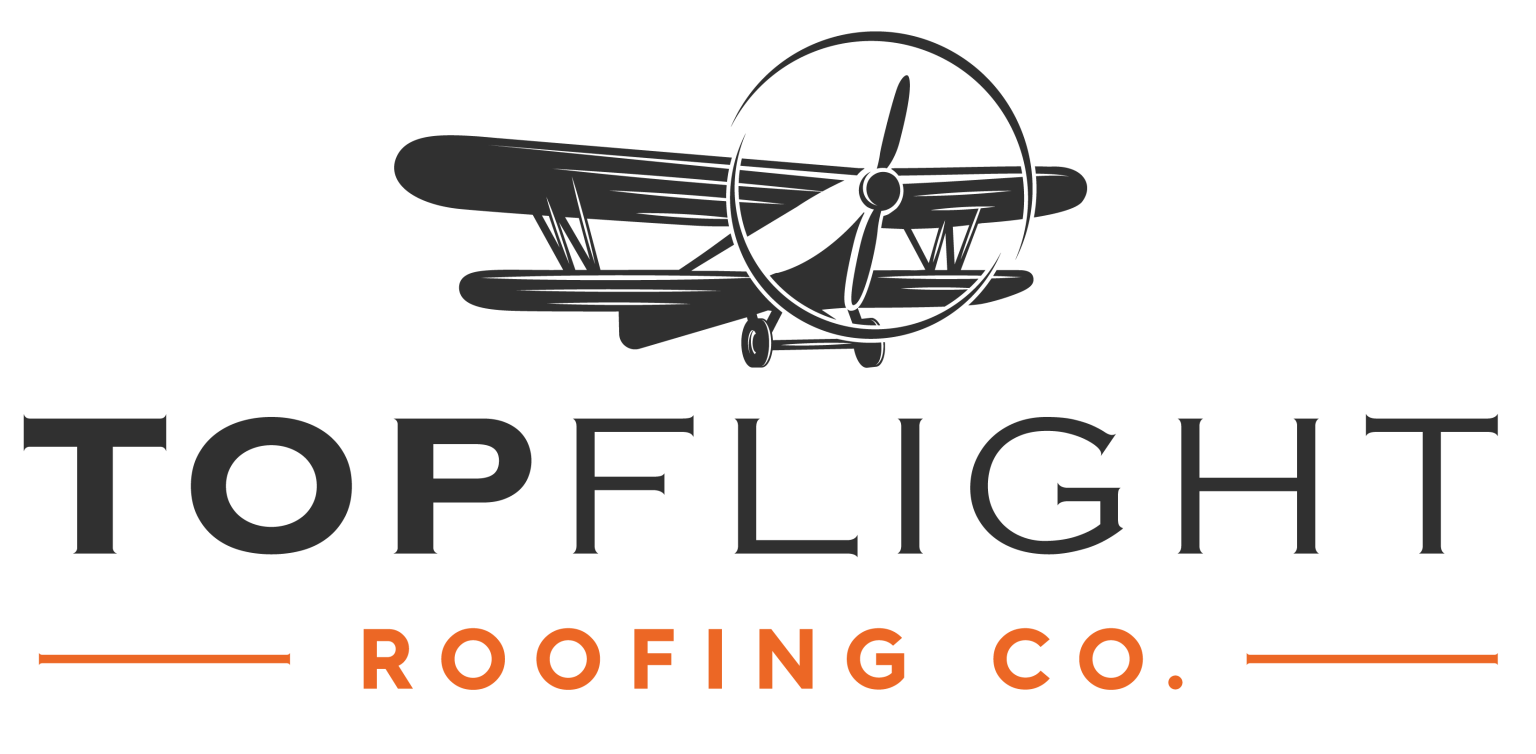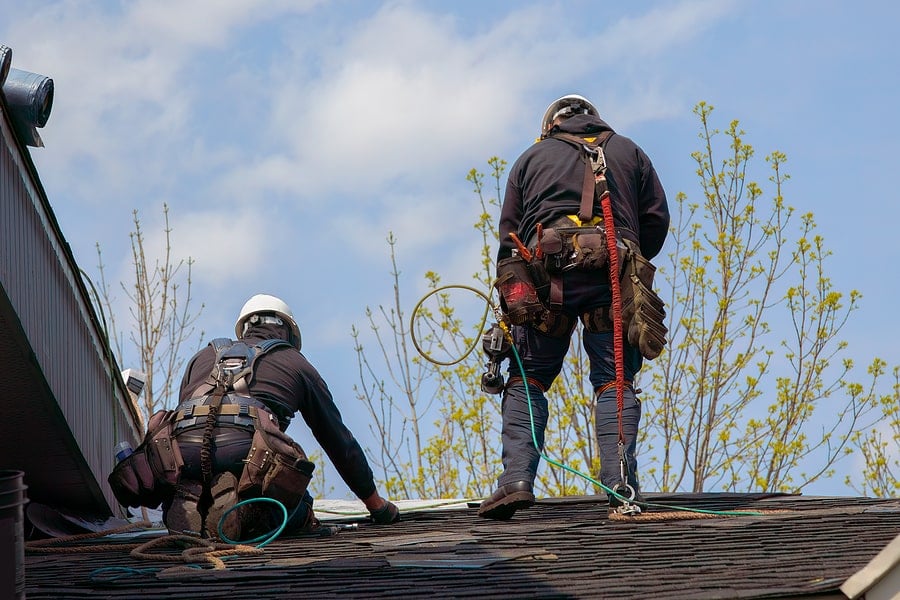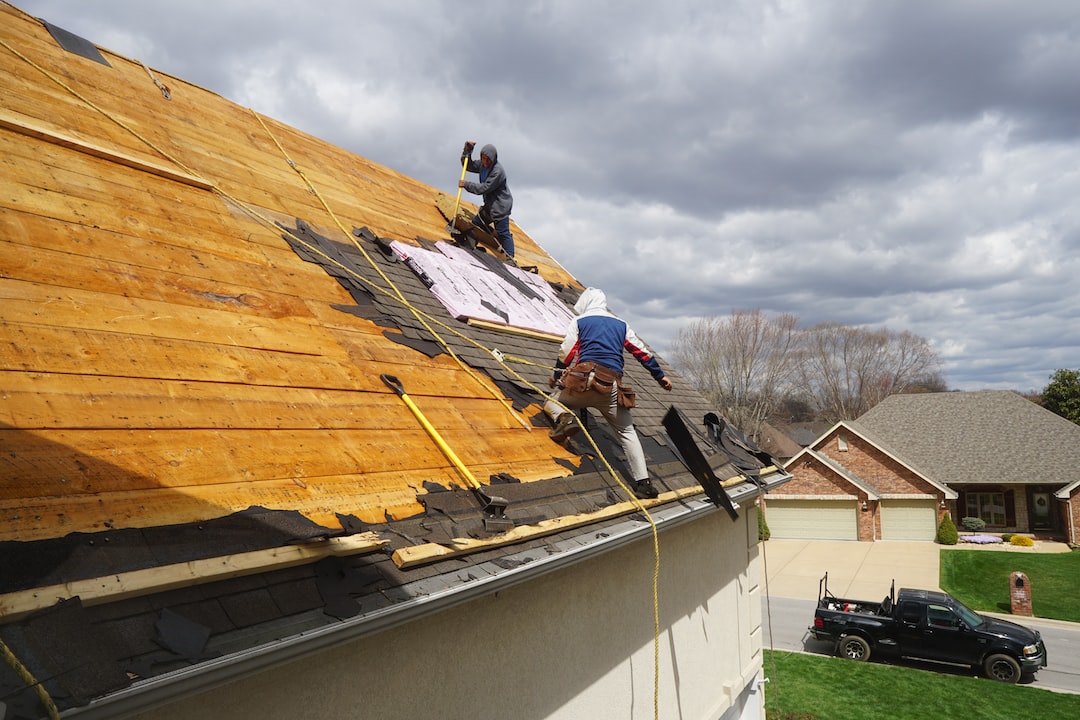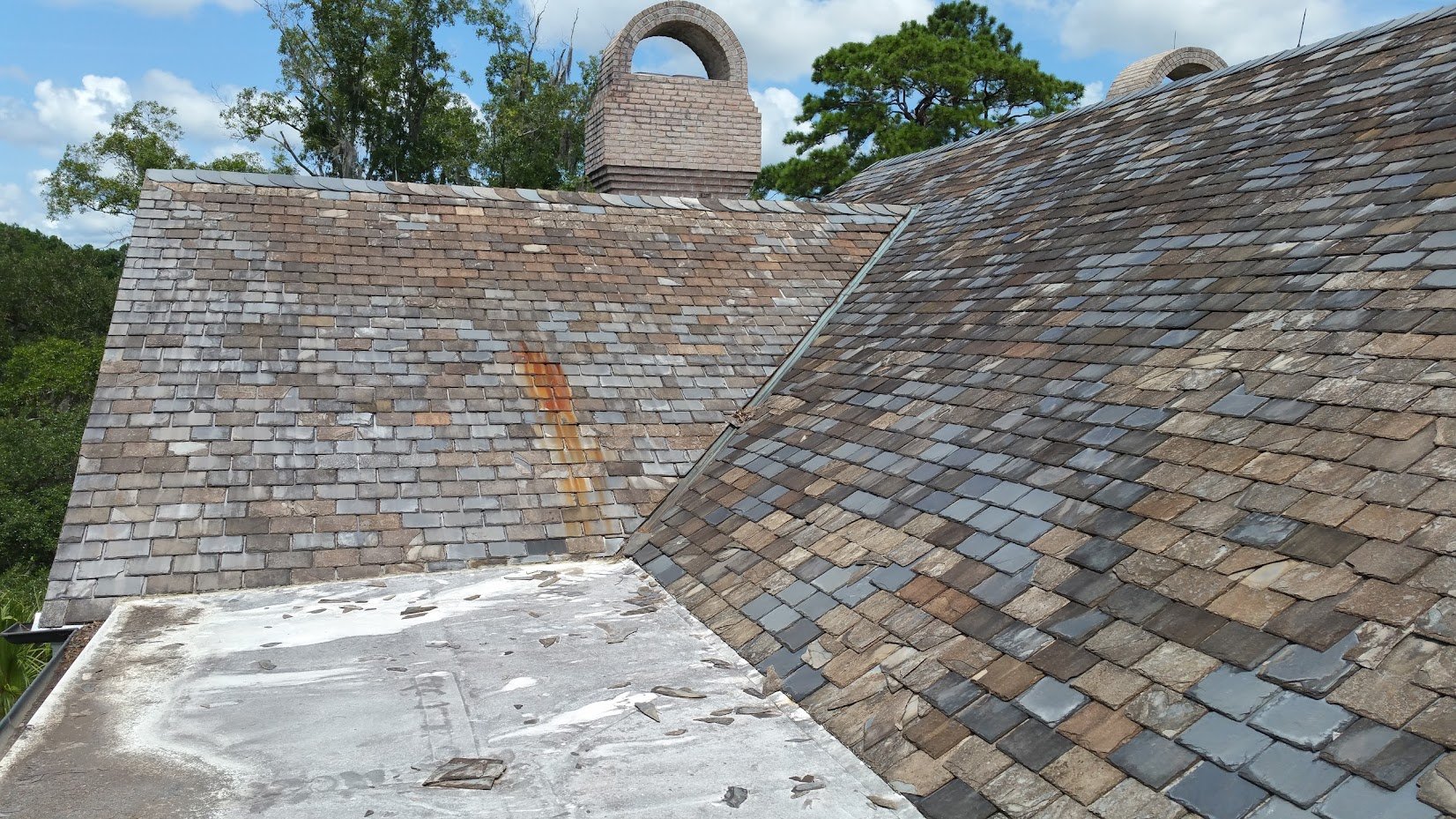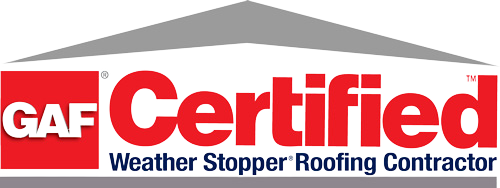Roof installation is an inherently risky job that exposes workers to potential falls, slips, and other hazardous situations. With the construction industry reporting numerous accidents each year, emphasizing safety during roofing projects is not just a regulation—it’s a necessity. This blog post aims to shed light on the best practices for roof safety during installation, offering valuable guidelines to protect those brave souls who work at heights. By adhering to these safety measures, we can significantly reduce the number of accidents and ensure that every roofing project is completed without incident.
Understanding the critical nature of this topic is essential for everyone involved in roofing projects, from the seasoned professionals at roofing companies to DIY homeowners looking to make repairs. Each step of the process, from pre-installation planning to the actual installation work, comes with its unique set of challenges and risks. Following a set of well-established safety practices is key to navigating these challenges successfully. Let’s dive into the best practices that can make roof installations safer for everyone involved.
Understanding Roof Safety
At the core of roof safety is the comprehension of what it entails and the risks associated with roofing work. This involves recognizing the hazards that come with working at heights, such as the risk of falling, the potential for dropping tools or materials, and the exposure to the elements. It also includes understanding the regulations set forth by the Occupational Safety and Health Administration (OSHA), which are designed to protect workers by establishing clear safety standards and practices for the construction industry, including roofing installations.
The foundation of any safe roofing project is proper training and planning. Workers need to be educated on the specific risks associated with roofing work and trained in the use of safety equipment and emergency procedures. This training should cover everything from the correct way to wear and use personal protective equipment (PPE) to the proper techniques for installing roofing materials safely. Planning, on the other hand, involves assessing the job site for potential hazards, determining the necessary safety equipment, and developing a comprehensive safety plan that addresses all aspects of the project.
Pre-Installation Safety Planning
Effective safety planning begins long before the first shingle is laid. Conducting a thorough site assessment is crucial to identify potential hazards such as uneven surfaces, overhead power lines, and the risk of falling objects. This assessment allows for the creation of a safety plan tailored to the specific conditions of the site, addressing identified risks with targeted safety measures. Additionally, planning must take into account the weather conditions expected during the installation, as weather can significantly impact safety on the roof.
Once potential hazards have been identified, developing a detailed safety plan is the next step. This plan should include strategies for mitigating each risk, a list of all necessary safety equipment, and clear instructions for emergency response procedures. It should also outline the roles and responsibilities of each team member in maintaining a safe work environment. Effective communication is key to ensuring that everyone involved understands the safety plan and their part in executing it. Regular safety meetings and briefings can help reinforce the importance of safety throughout the project.
Personal Protective Equipment (PPE)
Personal Protective Equipment (PPE) is the first line of defense against the hazards of roofing work. Essential items include hard hats to protect against falling objects, safety glasses to shield the eyes from debris, gloves to prevent cuts and abrasions, and footwear with slip-resistant soles to enhance stability on the roof. Each piece of PPE plays a crucial role in protecting workers from specific dangers and should be selected carefully to ensure it meets the necessary safety standards.
Fall protection equipment is particularly important for roofing work. This category of PPE includes harnesses, anchors, and lifelines designed to prevent falls from height. Proper use of this equipment requires training to ensure that workers know how to wear and adjust harnesses correctly, secure lifelines to reliable anchors, and maintain the correct tension in the system to minimize fall distances. Regular inspections of fall protection equipment are also essential to identify and address any wear or damage that could compromise its effectiveness.
Safe Use of Ladders and Scaffolding
Ladders and scaffolding are essential tools for roof installation, but they also represent significant safety hazards if not used correctly. Choosing the right ladder for the job, inspecting it for damage before use, and ensuring it is placed on stable, level ground can prevent accidents. Ladders should extend at least three feet above the roof edge for safe access, and workers should always maintain three points of contact (two hands and a foot, or two feet and a hand) while climbing or descending.
Scaffolding must be assembled according to the manufacturer’s instructions and include safety features such as guardrails, toe boards, and non-slip platforms. It should be inspected by a competent person before use to ensure its integrity and stability. Scaffolding provides a stable work platform that can reduce the risk of falls and make it easier to move materials and equipment. However, its safety is dependent on correct setup and use, emphasizing the importance of training and vigilance in preventing accidents.
Roof Installation Techniques and Precautions
Efficient material handling is a critical aspect of roof safety, requiring careful planning to ensure materials are moved onto and across the roof safely. Distributing materials evenly across the work area can help prevent slips and trips, while keeping the work area clean and free of debris minimizes the risk of accidents. When working on steep roofs, additional precautions such as the use of roof jacks and planks can create a safer working surface, providing workers with better footing and reducing the likelihood of falls.
The techniques used during the installation process also play a significant role in maintaining safety. For example, working in teams can ensure that heavy materials are lifted safely, while the use of proper tools and equipment can minimize the physical strain on workers. Awareness of one’s surroundings is equally important, as it helps workers avoid hazards such as skylights, roof vents, and other openings. By adhering to these safe work practices, roofing professionals can significantly reduce the risk of injury on the job.
Electrical Safety
Working near power lines or using electrical tools on the roof poses a significant risk of electrocution. Maintaining a safe distance from power lines and using non-conductive ladders can help prevent electrical accidents. Additionally, all electrical tools and extension cords should be inspected for damage before use, and only those rated for outdoor use should be employed on roofing projects. Ground Fault Circuit Interrupters (GFCIs) can provide an extra layer of protection by cutting off electrical power in the event of a fault, reducing the risk of electrocution.
Heat Stress and Hydration
Roofing work often takes place in hot conditions, exposing workers to the risks of heat stress and dehydration. Wearing light-colored, breathable clothing can help keep body temperatures down, while the use of sunscreen and wide-brimmed hats can protect against sunburn. Drinking plenty of water and taking regular breaks in shaded or air-conditioned areas are crucial measures for preventing heat-related illnesses. Employers should monitor workers for signs of heat stress, such as dizziness, fatigue, and nausea, and be prepared to provide first aid or medical attention if necessary.
Emergency Response and First Aid
Having an emergency response plan in place is essential for dealing with accidents swiftly and effectively. This plan should include procedures for providing first aid, contacting emergency services, and evacuating the work area if needed. A well-stocked first aid kit should be readily available on-site, and workers should be trained in basic first aid techniques to address minor injuries immediately. In the event of a serious accident, knowing how to respond can make a critical difference in the outcome.
Maintaining safety during roof installations is a complex process that requires careful planning, proper training, and the use of appropriate safety equipment. By adhering to the best practices outlined in this blog post, roofing professionals and DIY enthusiasts alike can ensure that their projects are completed safely and efficiently. Remember, safety should always be the top priority on any roofing project, as it protects not only the workers but also the integrity of the work being performed.
For those seeking professional assistance with their roofing projects, Apex Roofing Pros is committed to upholding the highest standards of safety and quality. Contact us to learn more about our services and how we can help you achieve your roofing goals safely and effectively. Safety is not just a practice; it’s a commitment to doing the job right and ensuring everyone goes home safely at the end of the day.
